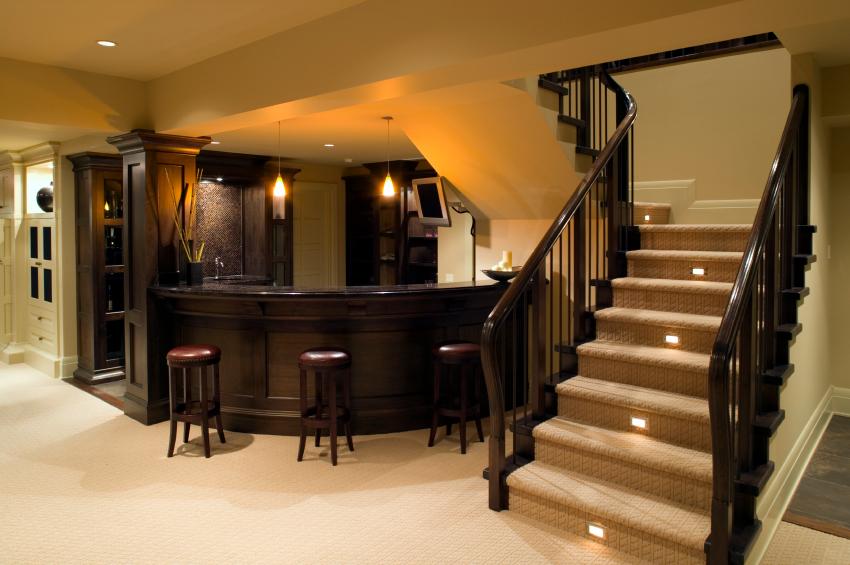
Adding mood lighting to your home could add more happiness to it. So might creating a quiet, peaceful environment. Here are some suggestions on how you might achieve both.
Let the sunshine in. Whether from a window, glass door, or skylight, natural light helps interior spaces feel larger, and it’s a known antidote to depression. In a 2016 survey of 18,000 homeowners by HomeAdvisor, an online marketplace of service professionals, about 75 percent of self-described happy homeowners cited the abundance of natural light in their home as an important contributor to their positive mood. Daylight also helps cut down on energy costs because you’re less reliant on electric lighting.
Make the most of mirrors. Hang an oversized mirror in the living room to reflect natural light, making the space feel larger.
Create layers of light. Proper lighting improves the feel and function of a home, especially as you get older. A 60-year-old needs twice as much light as a 30-year-old, according to the American Lighting Association. It recommends three layers of light. The first is ambient light for overall illumination — such as from a chandelier or recessed canister light. The second is task lighting, such as under-cabinet LED strips in the kitchen to make food preparation easier. The third is accent lighting that introduces drama — think picture lights over a framed painting.
Install dimmers. A simple swap of a wall switch can let you vary the light to suit the activity — from bright light during meal prep to low light for entertaining.
Pick the proper bulb. Use the information on the lighting facts label, covering features such as color temperature and lumens. LED bulbs around 2,700K (the K stands for Kelvin temperature) on the color-temperature scale cast a warm yellow light similar to outmoded incandescent bulbs, making them a good general-purpose choice. Bulbs with a temperature around 3,000K have a whiter light that’s better suited to bathrooms and laundry rooms. As for brightness, look for bulbs with 800 lumens to get the equivalent of a 60-watt incandescent.
Cultivate quiet. Your home should be a quiet escape from the outside world. But a combination of loud appliances, hard surfaces, and open floor plans can pretty quickly ratchet up the racket. That can take a toll on your body, as well as your mind. About 48 million Americans live with some hearing loss.
“Noise-induced hearing loss is cumulative over time,’’ says Nancy Nadler, deputy executive director of the Center for Hearing and Communication. “Whenever it’s possible, turn down the volume in the home.’’
If you have a multifunctional kitchen, complete with homework stations, it’s important to choose an ultraquiet refrigerator along with a quiet dishwasher. Elsewhere in the home, install carpets and drapes to help absorb loud noises. As a general rule, keep the TV and music speakers at a volume that allows you to have a normal conversation.



